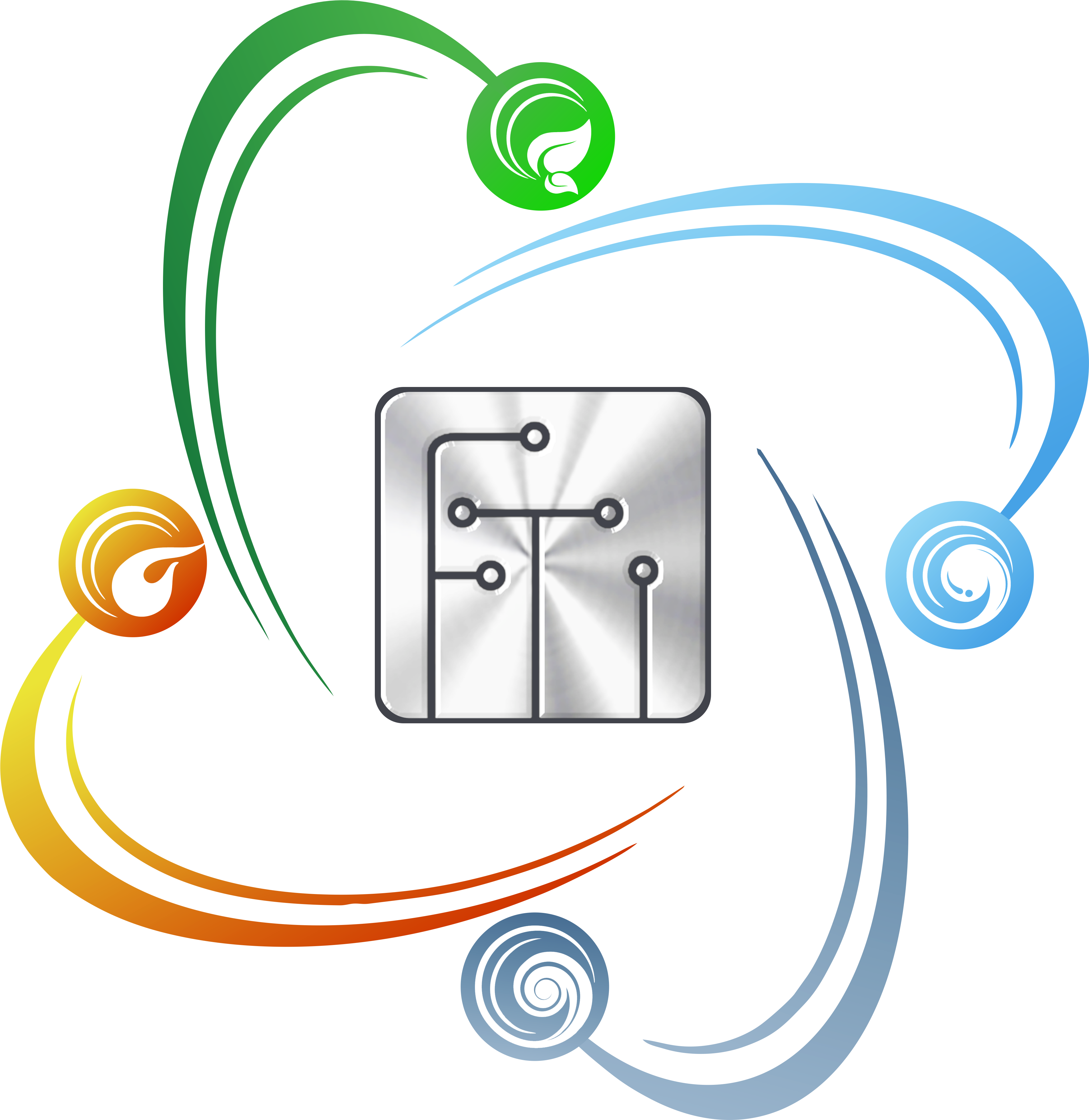High Energy physics
The head of the laboratory is Olimov Kosim, Doctor of Physical and Mathematical Sciences, Professor.
The laboratory was established in 2018, at the Physics and Technology Institute of the Uzbekistan Academy of Sciences.
In the laboratory there are two groups with their research projects:
- The first group - project manager Lutpullaev S.L.
- The second group - project manager Navotny V.Sh.
The laboratory members of staff: one academician, two professors, two doctors of sciences (DSc), two PhD’s, as well as three researchers and three engineering and technical staff members - 13 research fellows in total.
Originally, the laboratory was established as the Multiple Processes Laboratory in 1970, at the Institute of Nuclear Physics of the Uzbekistan Academy of Sciences. In 1971, it moved to the Physics and Technology Institute of the Uzbekistan Academy of Sciences. In January, 2017, the Multiple Processes Laboratory was united with the High Energy Physics Laboratory and, since then, it is called the High Energy Physics Laboratory of the Physics and Technology Institute of the Uzbekistan Academy of Sciences.
The main research topics are experimental studies of multiple particle generation and relativistic nuclei fragmentation, as well as collective effects in collisions of relativistic particles and nuclei with nucleons and nuclei by means of stereo photography technique, taken from bubble chambers exposed to beams of particles and nuclei at JINR accelerators (Dubna, Russia), IHEP (Serpukhov, Russia) and FNAL (Batavia, USA). A semi-automated scanning and measuring center has been created in the laboratory to process images from bubble chambers. The center is based on a measuring and computing complex, which includes 4 semi-automatic measuring installations, based on UIM-21 microscopes and two BPS-75 large viewing and measuring tables, connected to computers.
Since 1990, the laboratory, together with JINR (Dubna, Russia), studies oxygen nuclei fragmentation processes in interactions with protons at 3.25 GeV/c per nucleon. Hydrogen bubble chamber of the LHE JINR, irradiated with 16O beam at the Dubna Synchrophasotron, was very informative for studies of projectile nucleus fragmentation processes. These measurements made it possible to determine mass and charge of secondary nuclei, as well as kinematic parameters of all charged particles with high accuracy. Total data bank consists of 11100 qualitatively measured 16Op-events. At present, the laboratory continues with physical analysis of hadron-nuclear and nucleus collisions data from unique experimental database. The laboratory is continuously working to enhance statistics on 16Op collisions for a more detailed study of the fragmenting nucleus alpha cluster structure manifestation, by analyzing formation of final products and verification of existing theoretical models of multiple particle generation and nuclear fragmentation.
In addition, the laboratory conducts a phenomenological analysis of data, obtained in heavy-ion collisions at high energies in modern experiments, like RHIC (Relativistic Heavy Ion Collider, Brookhaven, USA), LHC (Large Hadron Collider, CERN, Switzerland).
